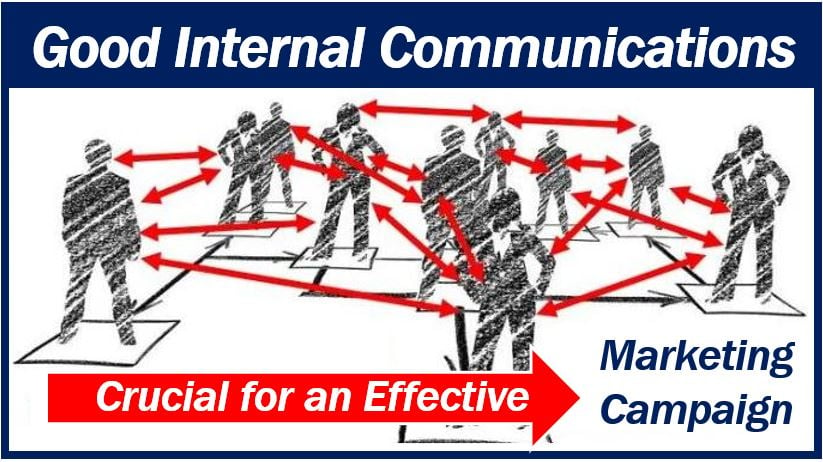Individual expertise and access to resources are important factors in determining the eventual success of a marketing campaign, but an underrated factor is internal communication. Even if you have talented specialists with combined decades of experience, your campaign can fall apart if your people aren’t collaborating effectively. Conversely, even a team of relatively inexperienced people can make a campaign work if they coordinate well.

But how does this play out in the course of a marketing campaign, and what can you do to improve your team’s communication?
Sharing the Same Goals and Priorities
First, and most importantly, communication is the only way you can be sure that your team members are all on the same page. For example, let’s say one member of your pay-per-click (PPC) advertising team believes that your budget is absolute, and should never be pressed, but another believes that your budget is flexible, so long as you get good results. This will naturally create tension between the two approaches, resulting in inefficient and unfocused work.
An internal communications director or team leader should make themselves responsible for setting these goals and priorities, and making sure they’re communicated effectively. Sometimes, that simply means listing them on a shared whiteboard. Other times, it means talking to individual members to make sure they understand the focus of your campaign.
Avoiding Duplicated Efforts
In most modern marketing strategies, there are dozens (or even hundreds) of moving parts. You’ll be coordinating multiple needs across multiple channels, gathering blog posts, setting budgets for placed ads, reaching out to publishers, and managing social media feeds.
With many employees and countless responsibilities, it’s inevitable that efforts will be duplicated—resulting in time loss, frustration, and in some cases, a hit to your reputation. The only way to prevent this is to communicate proactively, making it clear who’s working on what.
Managing Timelines and Deadlines
Communication is also vital for managing timelines and deadlines. If someone misses a soft deadline on an assignment, it’s not the end of the world—but your other team members need to know about it so they can modify their own approaches. It’s also important for setting expectations about deadlines; for example, is it vital that this assignment be completed by the end of the week, or is it more of a recommendation/want?
Proofreading and Verifying
Communication also allows people to proofread, verify, and supervise each other. When someone has a question about their responsibilities, they’ll feel comfortable asking it. When someone isn’t sure whether their work is sufficient, they can ask a coworker to step in and help them make adjustments.
Good communication also lends itself to a positive cycle of feedback and criticism. Employees are more willing to share insights with each other and with their supervisors, leading to more efficient practices and more workplace improvements overall.
Setting Expectations
Internal communications are the only way to proactively and accurately set expectations across the board. If a strategy is only efficient over the long term, nobody should be surprised when results are minimal in the first few weeks. If someone is venturing outside their area of expertise, they shouldn’t be expected to provide their best work. If someone is near their peak workload, they shouldn’t be assigned new tasks without help.
Mastering Internal Communications
So what steps can a marketer take to improve internal communications?
- Appoint a leader. First, it’s good to have a communications-focused leader in place. A leader will help set the tone for the organization, point out areas for improvement, and coordinate the rest of the team; if they’re good at their job, employee communications should improve in line with their standards.
- Use a variety of channels. Different communication channels have different strengths and weaknesses, so make sure you’re using a variety of them. Phone and video call apps are great for hashing out complex ideas, but email and instant message platforms are better for quick, noninvasive questions.
- Set consistent standards. Set standards for how you want your employees to communicate, and adhere to those standards consistently. How often should you meet? What channels should you use? What is the chain of command?
- Understand strengths and weaknesses. Different people on your team will have different strengths and weaknesses when it comes to communication. Understand these, and work to overcome them.
- Learn and grow. Pay attention to communication missteps and figure out what went wrong and why; then use this information to improve your strategy further.
With these strategies, your team can learn to communicate much more effectively, collaborate well, and eventually, help you get better results in your marketing campaign. While you should always invest time in hiring the right people and perfecting your strategies, never let your communications strategy be neglected because of them.
________________________________________________________
Interesting related articles:

